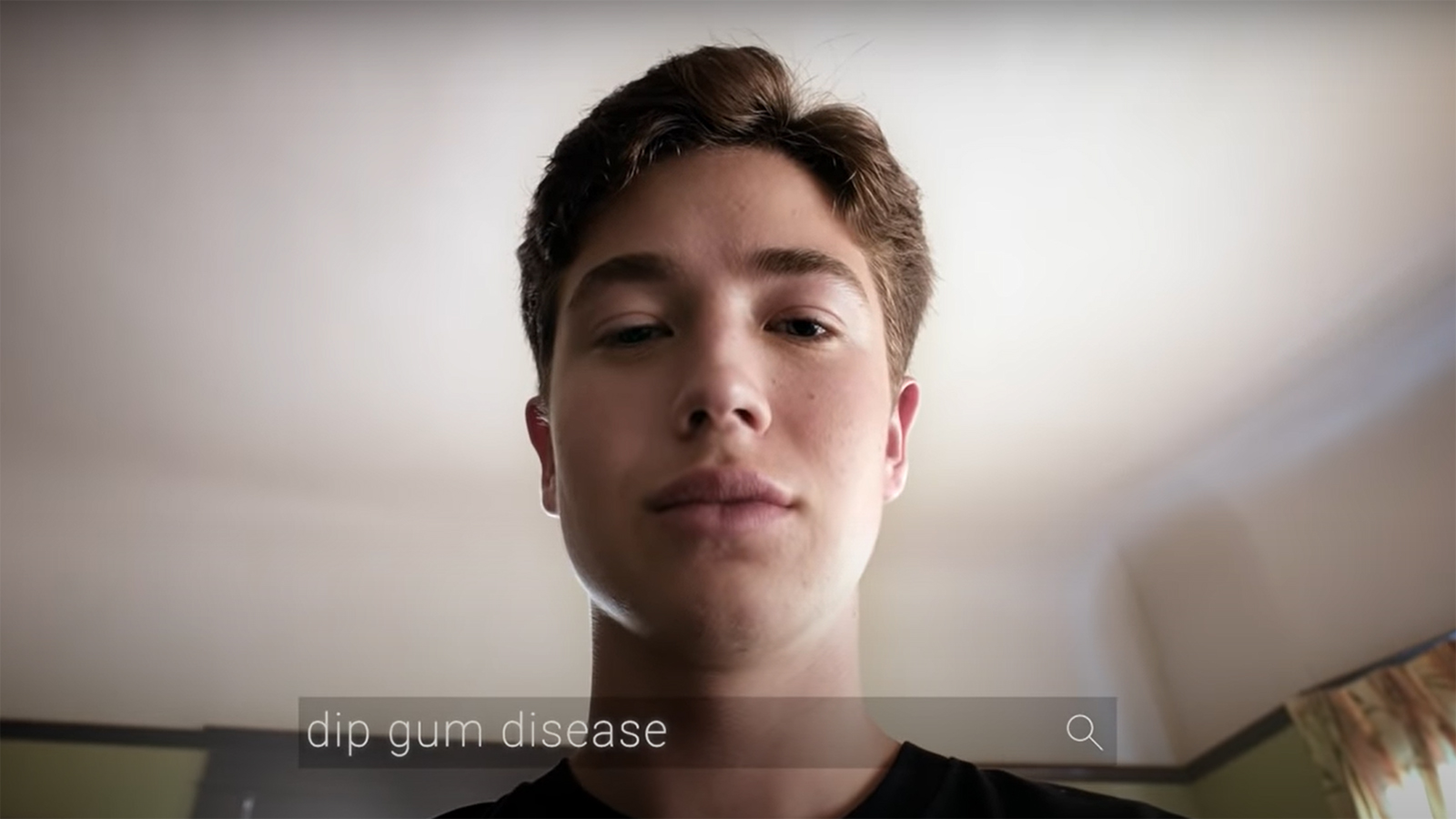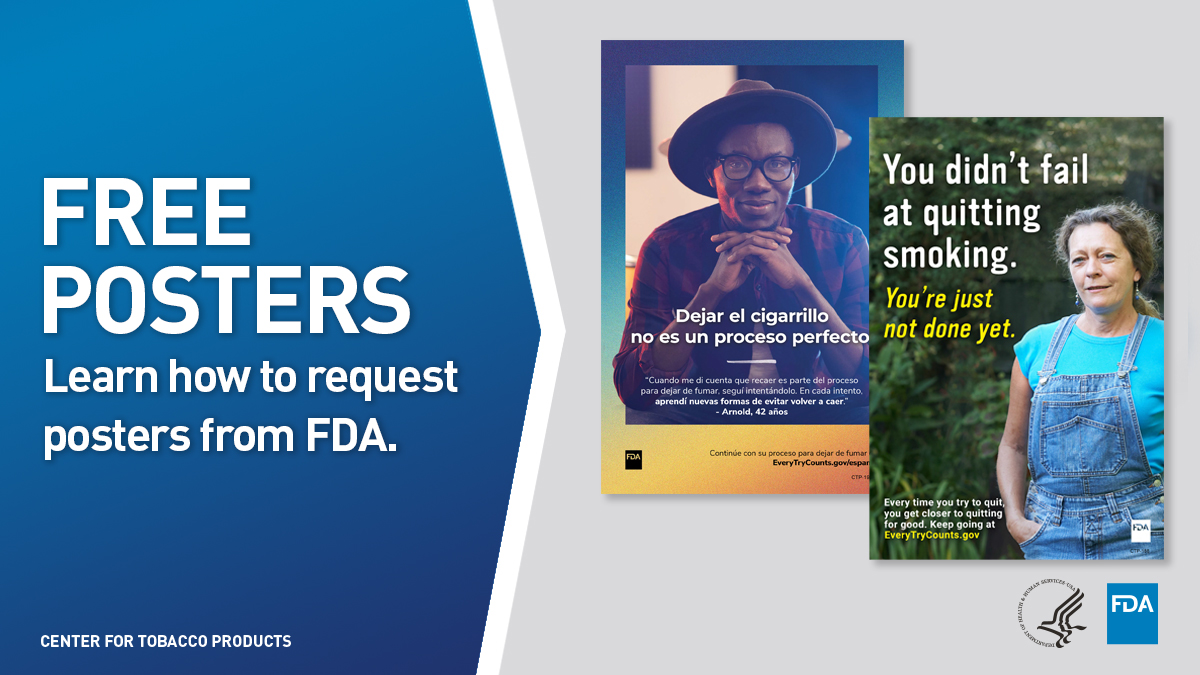The Real Cost Campaign
FDA’s award-winning public education campaign, “The Real Cost,” continues to prevent youth from starting and continuing to use tobacco products. The e-cigarette and cigarette prevention campaigns focus on educating youth about the negative health effects and risks of vaping and smoking. “The Real Cost” campaign was developed based on extensive research and uses a mix of marketing and advertising tactics across teen-relevant communication channels to reach youth audiences.




